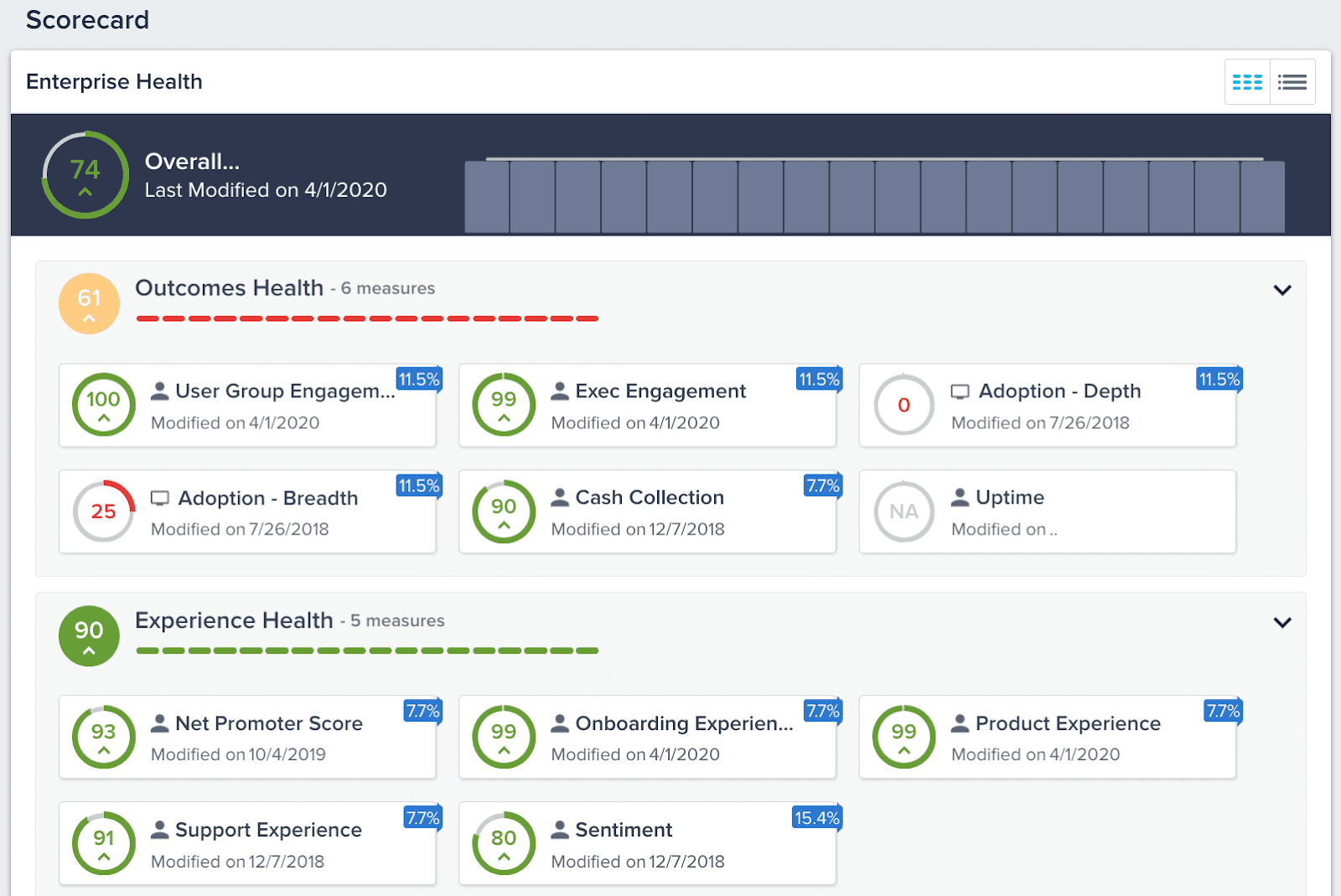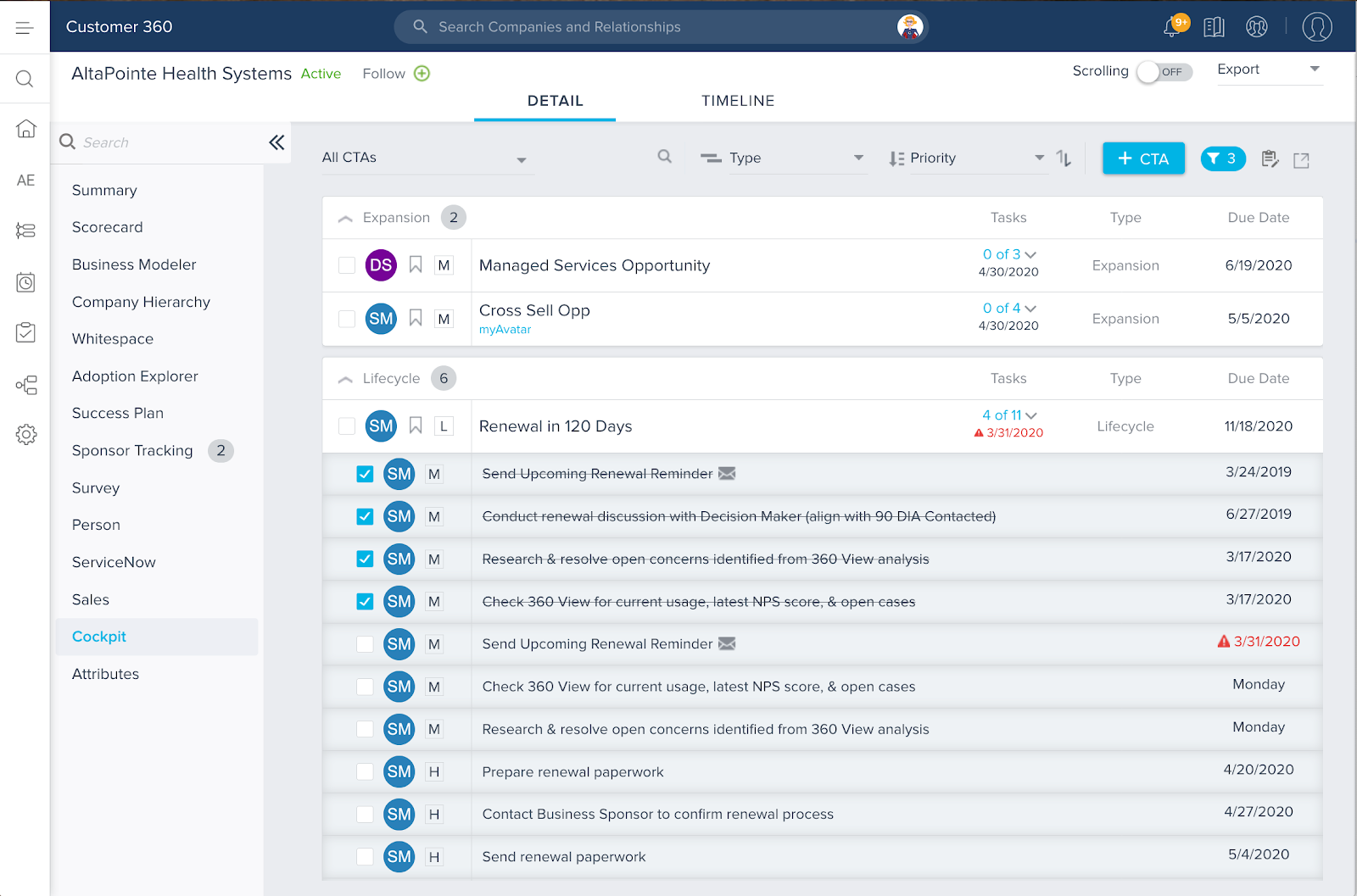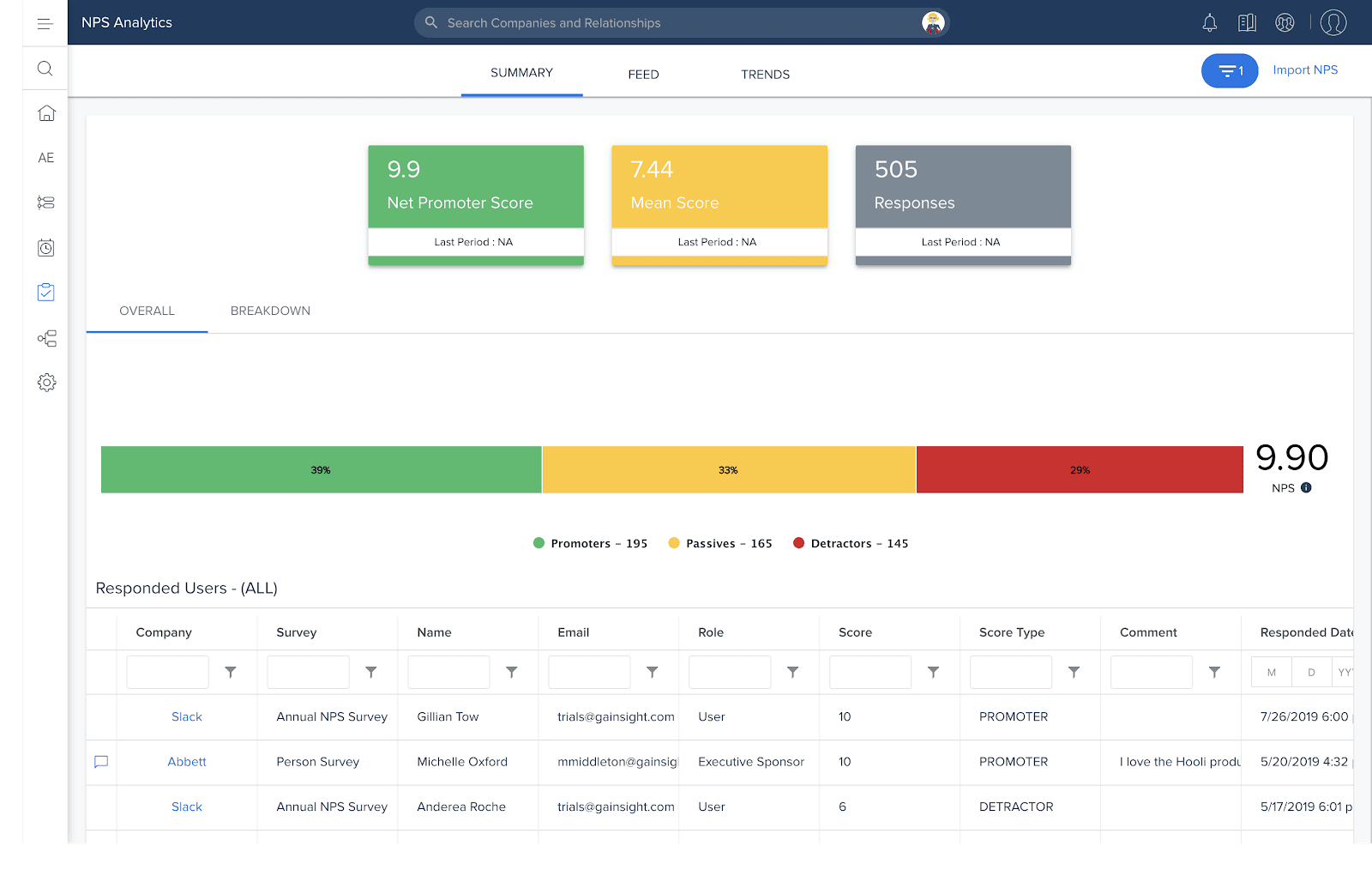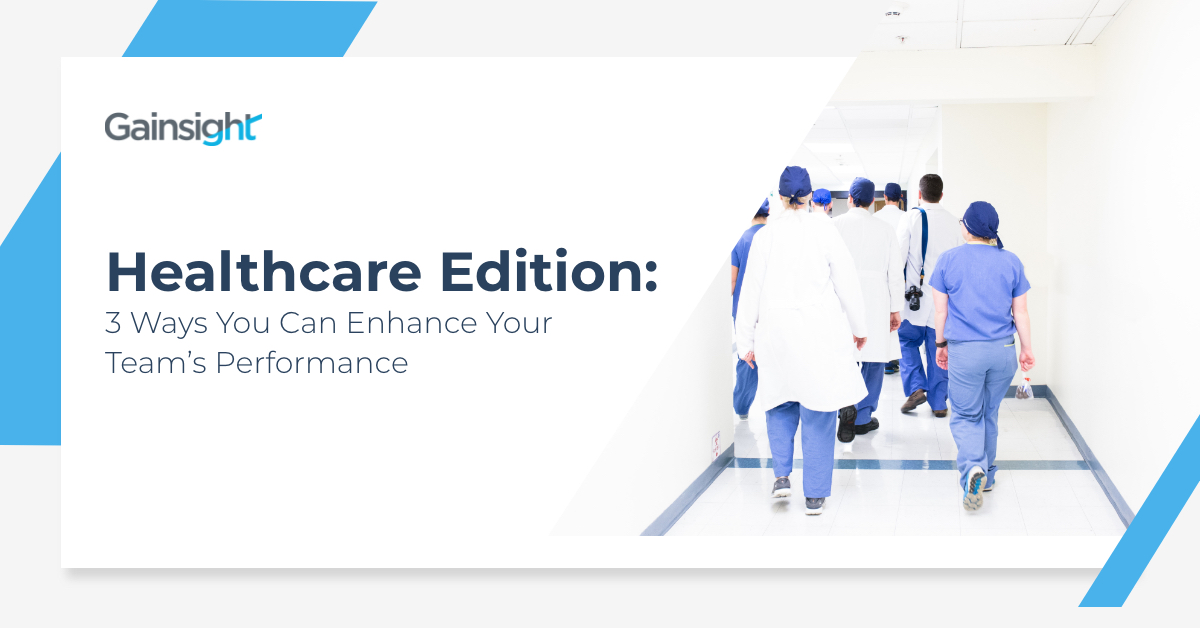As providers of HealthIT and Digital Health services, your solutions provide workflows, data, and deep analytics to enable patients and clients to answer questions such as:
- Is my health getting better?
- Are my patients getting better?
- Am I providing the right care?
- Are we optimizing revenue for our practice?
- Are we improving patient access to care?
But, we often don’t have the same understanding of how our teams and organizations perform. We lack the workflows, data, and analytics to answer similar questions:
- Are my clients seeing value with our solution?
- Are my clients as healthy as they could be? Is their experience where we want it to be?
- Is my team taking the right actions at the right time and delivering on our commitments?
- Are we on track to meet our retention, expansion, and satisfaction goals or do we need to course-correct?
- Are we properly investing in scaling our client-facing operations?
As we navigate through the ups and downs of 2020, being able to answer these questions is more important now than ever. In both organizations that are “thriving” and “surviving” 2020, C-suite executives are renewing their focus on clients. Why? For “survivors” retaining and expanding the base is critical during an economic downturn. For “thrivers” who are growing in response to market changes, client-facing organizations may encounter new challenges around visibility into client data, product adoption, and retention, and must be scaled to sustain continued growth.
With all of this attention on the base, client-facing leaders are being granted the authority, mindshare, and budget to establish the workflows and collect the data needed to manage their teams effectively. Take advantage of this renewed focus on clients!
Here are 3 ways you can invest now in your team’s performance with the right workflows, data, and analytics:
1. Establish a Health Score for your clients.
Whether you are thriving or surviving, establishing a health score will help you to understand the trends, risks, and opportunities within your client base. It will also help your team to understand where and when to take action to mitigate risks. Many organizations build out their first Health Score in a low-tech spreadsheet tool, but low-tech solutions are static, may overweight the gut feel of an Account Manager (AM) or Customer Success Manager (CSM)’s l, or require that AMs or CSMs spend significant time to maintain. As your customer-facing team matures and scales, Gainsight’s Scorecard incorporates qualitative/CSM and quantitative inputs into a dynamic, actionable Health Score. Our Scorecard can be modeled at a location, geography, product or service-level, which is incredibly important to support the complex relationships managed by HealthIT companies.

2. Instrument your CSM’s activities with Calls to Action and Playbooks.
One of my favorite mottos is, “You can’t expect what you don’t inspect.” In growing and established Account Management and Customer Success (CS) organizations, it can be incredibly hard to inspect. We lack the workflows of more mature functions of Sales and Support organizations, that manifest through an Opportunity or Case, respectively.
In order to understand whether your team delivers what your organization commits, you need to instrument your AM and CSMs’ activities and document process. Early maturity teams may choose lightweight project management and word processing tools to get started. But, as you grow and scale, you’ll want greater transparency, automation that enables proactivity and management of exceptions, and the ability to measure impact on your business’ KPIs.
In Gainsight, we trigger proactive notifications called Calls to Action (CTA) based on a timeframe, event, or other data point (e.g., usage data, survey result), to CSMs to direct them to take action. The CTA may contain a Playbook — a modern-day process document — to help drive consistency in delivery and client experience. With CTAs, CS Leaders are able to inspect their team’s activities via Gainsight’s Dashboards and provide coaching and training where needed.

3. Conduct a “closed-loop” Client Satisfaction Survey.
HealthIT products can be incredibly sticky; once patients, providers, and non-clinical staff adopt your products, they can be difficult to replace. Although your clients may not be leaving you, it doesn’t mean they are achieving full value, your relationship is strong, or that your product is easy to use. And they likely aren’t helping you grow through advocacy efforts.
With such sticky products in HealthIT, Client Satisfaction Surveys (e.g., a Net Promoter survey) are a relatively proactive way to determine how your products, services, and client experience need to evolve. A good place to start is with a biannual survey of your decision-maker. As you mature your Customer Success program, you can use Gainsight’s Surveys to collect feedback from end-users within your application as well as from additional customer personas (e.g., champions, influencers, executives). You can also trigger CSMs to “close the loop” on important feedback using Calls To Action. The Call to Action may direct some remediation effort for negative feedback or an advocacy request in response to positive feedback.

We hope you take this renewed customer focus as an opportunity to double down on their success. If you’d like to learn more about how Gainsight can help you and your customers, allow us to deliver a personalized tour of our product.

